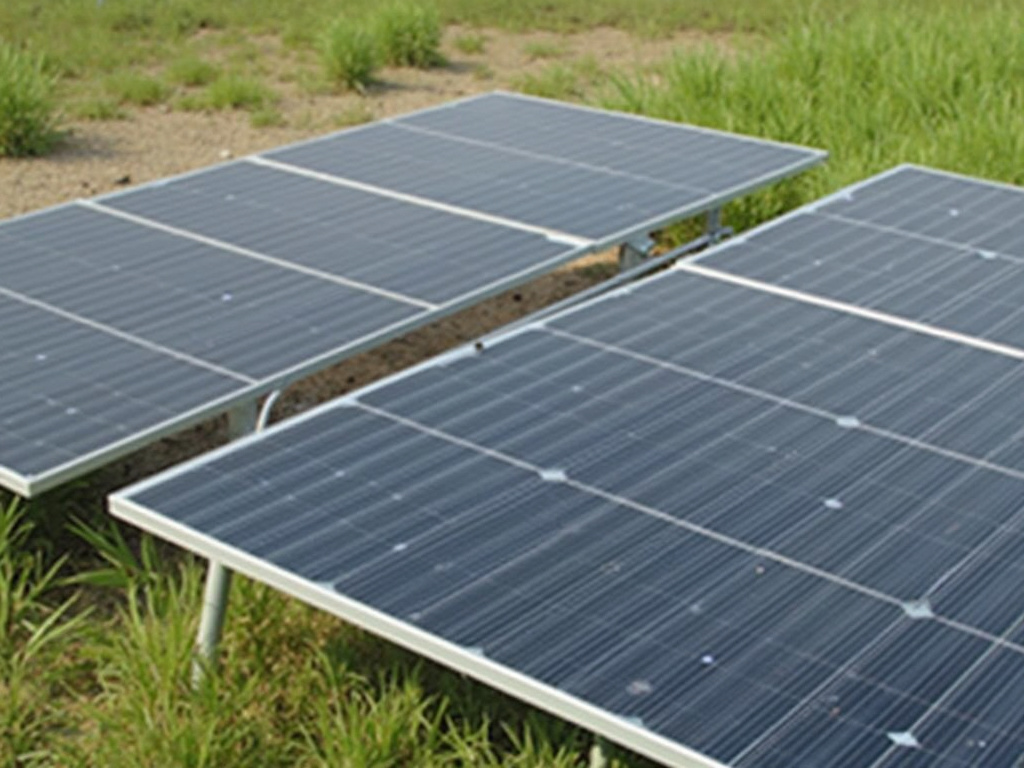Spray-on solar cells represent a groundbreaking advancement in renewable energy technology. These innovative cells, composed of nanoparticles from various materials, can transform virtually any surface into a power source, potentially revolutionizing how we harness and distribute solar energy.
Key Takeaways:
- Spray-on solar cells use nanoparticles from phosphorus, zinc, perovskite, or quantum dots
- They are significantly more cost-effective than traditional silicon-based solar panels
- Different types offer varying efficiencies, with perovskite cells reaching up to 23%
- These cells can be applied to diverse surfaces, including roofs, roads, and automobiles
- Ongoing research aims to improve durability and scalability for widespread adoption
Revolutionary Technology: Spray-On Solar Cells Explained
Spray-on solar cells represent a paradigm shift in solar technology. These cells are composed of nanoparticles derived from materials such as phosphorus, zinc, perovskite, or quantum dots. The manufacturing process involves combining these nanoparticles into a liquid or ink form, which can then be sprayed or printed onto various surfaces.
One of the most striking advantages of this technology is its cost-efficiency. According to research, perovskite solar modules cost about 25 cents per square foot, which is roughly one-tenth the cost of traditional silicon modules. This dramatic reduction in cost could make solar energy more accessible to a broader range of consumers and applications.
The ease of installation is another significant benefit. These cells can be applied to a variety of surfaces, including uneven ones, greatly expanding the potential for solar energy harvesting. This flexibility opens up new possibilities for integrating solar power generation into everyday objects and structures.
Types of Spray-On Solar Cells and Their Potential
Several types of spray-on solar cells are currently being developed, each with its own unique properties and potential applications:
- Quantum Dot Solar Cells: These cells currently achieve an efficiency of about 8%, with researchers aiming to reach 10-12% in the near future.
- Perovskite Solar Cells: These have shown remarkable progress, with some reaching efficiencies of up to 23%. Spray-coated perovskite cells have achieved 18% efficiency.
- Solar Paint for Hydrogen Production: This innovative approach uses water vapor to generate energy, offering a unique solution for areas with high humidity.
The potential applications for these technologies are vast. They can be used on roofs, roads, automobiles, and countless other surfaces. This widespread applicability could help meet the increasing global demand for electrical power, which is expected to double by 2050.
Advantages and Real-World Applications
The advantages of spray-on solar cells extend beyond their cost-effectiveness. Their versatility allows for application on various surfaces, including automobiles, computers, and even apparel. This flexibility could lead to innovative energy solutions in everyday products.
In developing countries, the accessibility and affordability of this technology could be transformative. It has the potential to bring clean, renewable energy to areas that previously lacked access to reliable power sources.
Solar paint, in particular, offers exciting possibilities for remote areas. It can produce clean energy in any location with water vapor, providing a sustainable power solution for regions with limited infrastructure.
Challenges and Future Developments
Despite their promise, spray-on solar cells face several challenges. Durability is a primary concern, particularly for perovskite cells, which can degrade in air and humid environments. To address this, researchers are exploring encapsulation technologies and conducting aging tests to improve the longevity of these cells.
Scalability is another crucial area of focus. Scientists are investigating roll-to-roll printing and setups similar to newspaper printing presses for mass production. These efforts aim to make large-scale manufacturing of spray-on solar cells economically viable.
Improving efficiency remains a key goal. While some types of spray-on cells have shown impressive results, researchers continue to work on increasing their efficiency to compete with traditional solar cells. As these challenges are addressed, spray-on solar cells could play a significant role in our renewable energy future, turning everyday surfaces into power sources and revolutionizing how we harness solar energy.
Sources:
Joule
Spray-On Solar Cell
Research Recap: Spray-On Solar Panels
Solar paint: The next big thing in renewable energy?






